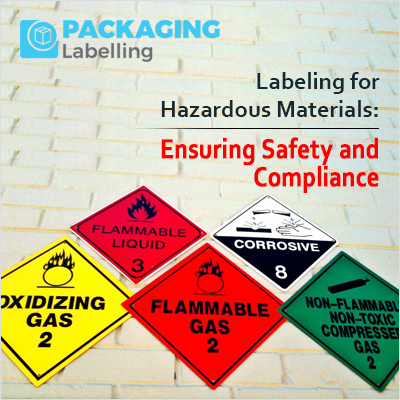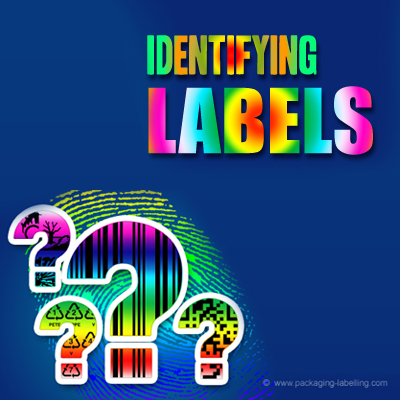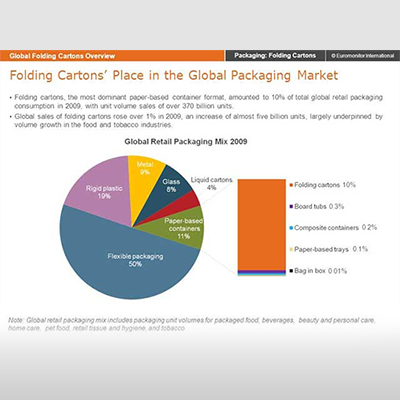Labeling for Hazardous Materials: Ensuring Safety and Compliance

Introduction
Every day, we come across a multitude of products, some of which might harbor hazardous materials. These substances, crucial for numerous purposes, carry the potential to endanger both health and the environment if not handled with care. To minimize these risks, it is essential to emphasize the significance of appropriately labeling hazardous materials. This article seeks to illuminate the importance of labeling, the regulations overseeing it, and how it guarantees safety and adherence in a language accessible to all.
Understanding Hazardous Materials
Referred to as dangerous goods or hazardous substances, these materials encompass a wide variety of chemicals, substances, and materials. Their properties have the potential to cause harm to humans, animals, and the environment. Everyday products like cleaning items, batteries, and certain paints may contain these hazardous materials.
Importance of Proper Labeling
Proper labeling is the first line of defense in ensuring the safe handling, transportation, and use of hazardous materials. The primary goals of labeling are to communicate essential information about the contents of a product and to provide guidelines for safe handling. Here's why labeling is so crucial:
1. Identification:
- Labels help identify the contents of a product and provide information about any potential hazards associated with it.
- Users can quickly determine whether a substance requires special precautions or if it poses specific risks.
2. Emergency Response:
- In the event of an accident or emergency, first responders rely on labels to identify the nature of the hazardous materials involved and to take appropriate actions.
- Clear and accurate labels enable quicker and more effective responses to incidents, minimizing potential harm.
3. Transportation:
- During transportation, hazardous materials must be labeled according to strict regulations to ensure the safety of those handling the goods and the general public.
- Labels provide essential information for carriers, helping them take necessary precautions and respond appropriately to emergencies during transit.
Regulations Governing Hazardous Material Labeling
- Numerous regulatory entities, both on national and global scales, have implemented guidelines to standardize the labeling of hazardous materials. Among the most widely acknowledged systems is the Globally Harmonized System of Classification and Labelling of Chemicals (GHS). GHS stands as an internationally embraced system, ensuring uniformity in the classification and labeling of chemicals.
1. Globally Harmonized System (GHS):
- GHS provides a standardized approach to classifying chemicals and communicating their hazards through labeling and safety data sheets.
- It uses easily understandable symbols, pictograms, and signal words to convey the severity of hazards associated with a substance.
2. United Nations Recommendations:
- The United Nations has established recommendations for the transport of dangerous goods, including specific labeling requirements for various classes of hazardous materials during transportation.
3. National Regulations:
- Many countries have developed specific rules regarding the labeling of hazardous materials. In the United States, Occupational Safety and Health Administration (OSHA) takes charge of establishing standards for workplace hazard communication through labeling.
Ensuring Compliance and Safety
- Meeting labeling regulations goes beyond mere legal obligations; it is a fundamental element in safeguarding both individuals and the environment. The following outlines how compliance is attained and sustained:
1. Education and Training:
- Proper training and education of personnel handling hazardous materials are essential. This includes understanding the significance of labels, interpreting them correctly, and following recommended safety procedures.
2. Regular Audits and Inspections:
- Regular audits and inspections aid organizations in verifying the alignment of their labeling practices with regulatory requirements. This proactive strategy enables the identification and correction of potential issues before they escalate into significant problems.
3. Documentation:
- Maintaining accurate and up-to-date documentation of hazardous materials, including the associated labels and safety data sheets, is crucial. This documentation serves as a reference for employees and supports compliance during regulatory inspections.
Conclusion
Labeling for hazardous materials plays a pivotal role in safeguarding individuals, communities, and the environment from the potential risks associated with these substances. By adhering to international and national regulations, organizations can ensure that their labeling practices are standardized, clear, and easily understandable. Through education, training, and regular audits, we can collectively work towards a safer world where the benefits of hazardous materials are maximized while minimizing the associated risks. Remember, a simple label can make a significant difference in ensuring safety and compliance in our daily interactions with hazardous materials.









